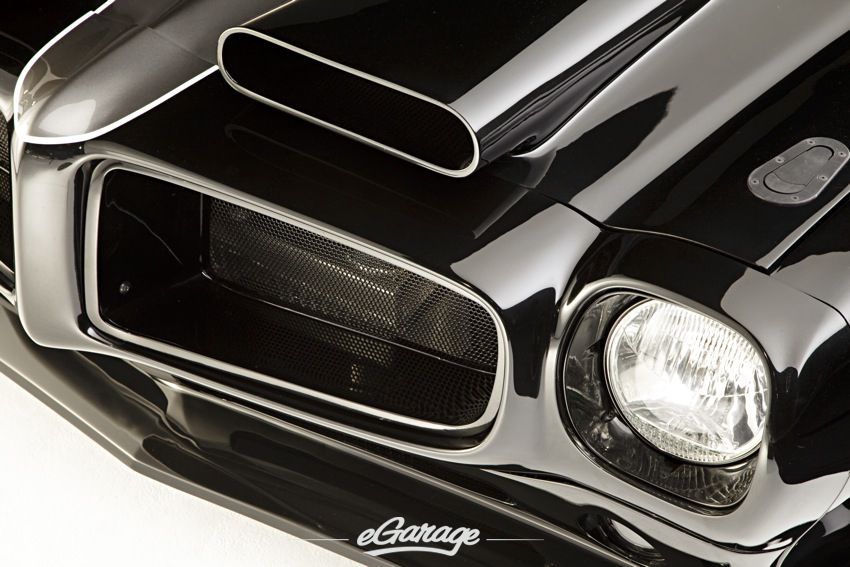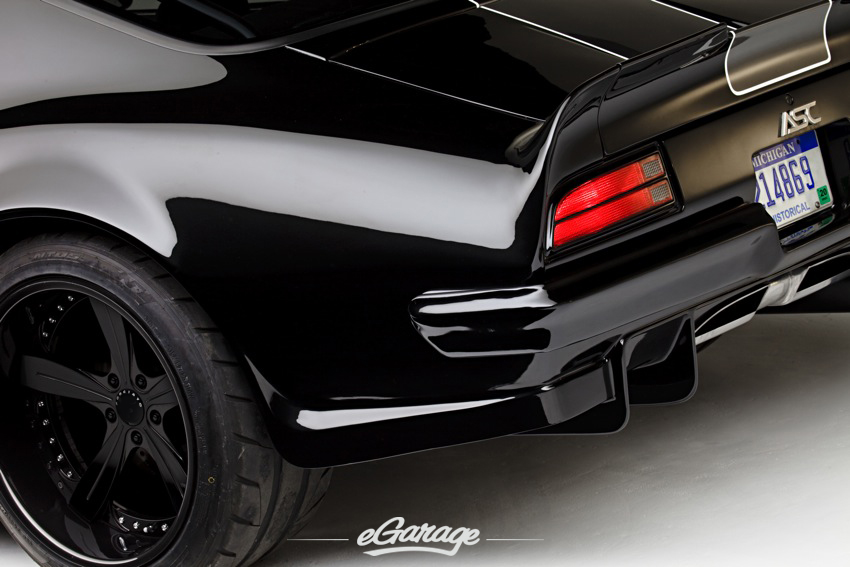
Photographs of 1967 Pontiac Firebird convertibles ( Automotive History Preservation Society) Notice how the hood on the illustrated Firebird has a more dynamic range of reflected colors, such as blue and yellow. This is not just a function of showing greater contrast in the car’s paint color. The key reason why is that the illustration can accentuate how reflected light plays off sheetmetal surfaces. To my eyes the illustration of a 1968 Firebird does a better job of showcasing the car’s front-end design than the two photos below of 1967 convertibles. Let’s start by comparing the banner’s Firebird illustration with the photographs below. This was especially true when a car had subtle design elements. The 1967-72 Pontiac Firebird is a good case study of the trade-offs involved. As discussed in an essay about late-60s Chrysler marketing, good-quality photographs could often pick up more nuance than all but the best drawings. That said, illustrations weren’t always the best way to present a car. Illustration of a 1967 Pontiac Catalina convertible ( Automotive History Preservation Society) But even the more subdued image shown below of a 1967 Catalina convertible displays the illustration team’s skills in both showing a car in its most flattering light and telling an interesting story about the people involved. I made a fake ad from one of my all-time favorites (go here). There’s no question that Fitzpatrick and Van Kaufman came up with some remarkable illustrations. Thus, rather than duplicating efforts, I would like to offer a caveat about the strengths and weaknesses of illustrations versus photography. Others have done a thorough job of showcasing the team’s most iconic ads (e.g., Niedermeyer, 2015 Stroll, 2015).

A walk-around can be seen below.Art Fitzpatrick and Van Kaufman’s artwork in Pontiac’s advertising played an important role in the brand’s popularity during the 1960s. The car is sold with transferable New York registration, as the state does not issue titles for vehicles prior to 1972. Photos of stamps and casting numbers from the intake manifold, cylinder heads, engine block, and other areas are provided in the gallery, while the trim tag riveted to the firewall decodes as follows:Ī window sticker, PHS documentation, and a binder of part numbers and matching date codes from items on the car are included in the sale, the latter of which is also provided in the gallery. Additional underbody photos showing the condition of the floor pans, exhaust system, and suspension components can be seen below.
#1970 firebird manual
Power is sent to the rear wheels through a numbers-matching three-speed Muncie manual transmission and a 12-bolt axle with 3.55:1 gears. Pontiac Historical Services identified the engine as numbers-matching despite a stamping number that differs from the VIN by two digits. The WT-code 400ci V8 features a dual-snorkel air cleaner, a four-barrel carburetor, chrome rocker covers, #12 cylinder heads, date-coded ignition wires, green-stripe ACDelco spark plugs, and a dual exhaust system with 22-degree angle-cut tailpipes. The seller states that the car has been driven fewer than 100 miles since completion. The five-digit odometer shows approximately 57k miles, with total mileage unknown. Rally instrumentation includes fuel level, voltage, temperature, and oil pressure gauges as well as a tachometer with an inset clock. The seller states that the accessories and lights function as intended.


The interior features bucket seats upholstered in black vinyl, a Hurst shifter with a factory oversized knob, woodgrain dash trim, and a Delco AM radio. The car is equipped with unassisted front disc brakes. Painted 14″ Rally II wheels are mounted with BFGoodrich Radial T/A tires, which are said to have been installed recently.

A finish imperfection is noted in the left quarter panel. The seller states that a factory fiberglass hood and tail panel remain, while the valance panel was reportedly replaced with a new old-stock item. The car was refinished in its factory Lucerne Blue using two-stage materials during a body-off restoration two years ago, and the condition of the paintwork is shown up close in the gallery below along with in-process photos of the refurbishment.
#1970 firebird registration
This Formula is offered with a window sticker, Pontiac Historical Services documentation, a binder of paperwork, and transferable New York registration in the seller’s name. Additional equipment includes twin hood scoops, disc brakes, a floor shifter, an AM radio, Rally gauges, a dual exhaust system, and a 12-bolt rear axle with 3.55:1 gears. A refurbishment completed two years ago included a cosmetic refinishing in factory Lucerne Blue over black vinyl, and power comes from a 400ci V8 paired with a three-speed manual transmission. This 1970 Pontiac Firebird Formula was first sold by Dan Thomas Pontiac of Asheboro, North Carolina and was acquired by the seller eight years ago in Arizona.


 0 kommentar(er)
0 kommentar(er)
